Introduction
Stir-frying, a cornerstone of Asian culinary techniques, has transcended borders to become a global favorite for its ability to transform simple ingredients into flavorful dishes. Among the most versatile vegetables in this cooking method, white mushrooms (Agaricus bisporus) shine with their earthy aroma, meaty texture, and rapid cooking time. This article delves into the nuances of stir-frying white mushrooms, exploring everything from ingredient selection to advanced techniques. Whether you’re a novice cook or a seasoned home chef, mastering this dish will elevate your repertoire with a healthy, delicious, and adaptable recipe.
The Allure of White Mushrooms
White mushrooms, often labeled as button mushrooms or table mushrooms, are the most cultivated mushroom variety worldwide. Their mild, umami-rich flavor and tender flesh make them ideal for stir-fries, where they absorb sauces and spices while retaining their shape. Unlike their porcini or shiitake counterparts, white mushrooms are mild enough to pair with diverse ingredients, from garlic and ginger to soy sauce and chili flakes. Their nutritional profile—low in calories, high in B vitamins, and a source of antioxidants—further cements their status as a kitchen staple.
Selecting and Storing White Mushrooms
The foundation of a great stir-fry begins at the grocery store. Opt for mushrooms with firm, unblemished caps and dry, intact stems. Avoid specimens with slimy spots or wrinkled edges, as these indicate age. Organic varieties may offer a deeper flavor, though conventional options work equally well. Store mushrooms unwashed in a paper bag in the refrigerator’s crisper drawer; plastic traps moisture, accelerating spoilage. Use them within a week for peak freshness.
Preparation: Cleaning and Cutting
Proper preparation ensures even cooking and optimal texture. Resist the urge to rinse mushrooms under running water, as they absorb liquid like sponges, leading to sogginess. Instead, gently wipe caps with a damp cloth or use a soft brush to remove debris. Trim the ends of the stems if tough, then slice mushrooms uniformly—¼ to ½ inch thick—for consistent cooking. Thinner slices caramelize faster, while thicker pieces retain a bouncy texture.
Essential Tools and Ingredients
Equipment:
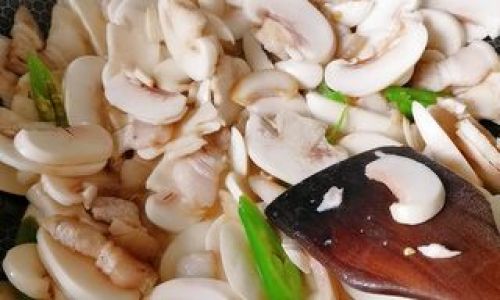
- A wok or large skillet: Carbon steel woks heat rapidly and evenly, ideal for high-heat stir-frying. A stainless-steel or cast-iron pan works as an alternative.
- A spatula: A metal or wooden turner for tossing ingredients.
- A sharp knife and cutting board: For precision slicing.
Ingredients:
- Mushrooms: 1 pound (450g) white mushrooms.
- Aromatics: 2–3 garlic cloves (minced), 1-inch ginger (grated), optional shallots or scallions.
- Oil: Neutral oils like peanut, vegetable, or avocado oil (high smoke point). For depth, add a drizzle of sesame oil at the end.
- Sauce Base: 2 tbsp soy sauce (or tamari for gluten-free), 1 tbsp oyster sauce (optional), 1 tsp sugar, ½ tsp white pepper.
- Optional Additions: Chili flakes, fresh herbs (cilantro, basil), vegetables (bell peppers, snap peas), or proteins (tofu, chicken).
The Stir-Frying Process: Step-by-Step
Step 1: Heat the Pan
Preheat your wok over high heat until a drop of water evaporates instantly. Add 2 tbsp oil, swirling to coat the surface. Proper preheating prevents sticking and ensures a searing heat for caramelization.
Step 2: Cook Aromatics
Add garlic and ginger, stirring constantly for 30 seconds until fragrant. Avoid burning; lower heat slightly if needed.
Step 3: Introduce Mushrooms
Toss in sliced mushrooms, spreading them into a single layer. Let them sear undisturbed for 2 minutes to develop a golden crust. Stir-frying’s hallmark is high heat and minimal stirring initially to achieve Maillard browning.
Step 4: Stir and Season
After 2 minutes, toss mushrooms continuously for 3–4 minutes. As they release moisture, add the sauce mixture. The liquid will reduce rapidly, coating the mushrooms in a glossy glaze.
Step 5: Finish with Flair
Remove from heat. Stir in sesame oil, a handful of sliced scallions, and a pinch of chili flakes. Taste and adjust seasoning with salt or a squeeze of lime.
Mastering Texture and Flavor
- Caramelization vs. Steaming: High heat is non-negotiable. Medium-low heat steams mushrooms, yielding a rubbery texture. Resist the urge to crowd the pan; cook in batches if necessary.
- Sauce Timing: Add liquids only after mushrooms brown to prevent boiling. Reduce sauces to syrupy consistency for intense flavor.
- Umami Boosters: A splash of fish sauce, miso paste, or nutritional yeast elevates savory notes without meat.
Creative Variations
- Spicy Sichuan-Style: Add doubanjiang (fermented bean paste) and Sichuan peppercorns.
- Garlic Butter: Replace soy sauce with melted butter and extra garlic; finish with parsley.
- Vegan Deluxe: Mix stir-fried mushrooms with quinoa, roasted cashews, and pomegranate seeds.
- Italian Twist: Toss with sautéed cherry tomatoes, basil, and balsamic glaze.
Pairing and Presentation
Stir-fried white mushrooms shine as:
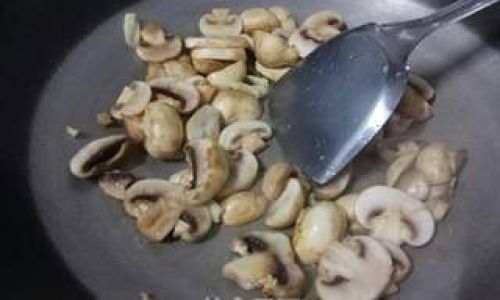
- A side dish to grilled meats or tofu.
- A filling for lettuce wraps or spring rolls.
- A topping for noodles (soba, udon) or rice bowls.
- A pizza ingredient with caramelized onions and goat cheese.
Pair with crisp white wines like Pinot Grigio or light beers to balance richness. For non-alcoholic options, serve with jasmine tea or lemon-infused water.
Health Benefits Revisited
White mushrooms are a dietary powerhouse, offering:
- Vitamin D: One of the few non-animal sources, crucial for immune function.
- Antioxidants: Selenium and ergothioneine combat oxidative stress.
- Fiber: Supports digestion and satiety.
- Low Calories: A 1-cup serving contains just 20 calories, ideal for weight management.
Troubleshooting Common Issues
- Mushy Mushrooms: Overcrowding the pan or low heat causes steaming. Use a larger pan or cook in batches.
- Bland Flavor: Increase aromatics, acidity (lime juice), or umami elements.
- Burnt Garlic: Add garlic later in the cooking process or lower heat after preheating.
Advanced Techniques
- Dry-Frying: Pre-cook mushrooms in a hot pan without oil to remove excess moisture before stir-frying.
- Velveting: Marinate mushrooms in cornstarch and baking soda for 15 minutes for a silken texture.
- Smoky Flavor: Use a blowtorch to char mushroom slices before stir-frying, or add a drop of liquid smoke.
Cultural Context
Stir-frying originated in China during the Han Dynasty (206 BCE–220 CE), evolving as a method to conserve fuel and nutrients. Today, it symbolizes the balance of yin (cooling) and yang (heating) elements in Chinese philosophy. White mushrooms, with their neutral flavor, embody this harmony, adapting to regional spices and sauces across Asia.
Conclusion
Stir-frying white mushrooms is a gateway to mastering quick, healthy, and adaptable meals. By focusing on high heat, precise slicing, and layered seasoning, even beginners can achieve restaurant-quality results. Experiment with global flavors, from Korean gochujang to French herbs de Provence, to redefine this humble ingredient. Remember, the best dish is one that reflects your palate—so stir with confidence, and savor every bite.
Final Tips
- Practice makes perfect: Adjust heat and timing based on your stove’s power.
- Use leftover stir-fry as a filling for omelets or topping for baked potatoes.
- For meal prep, undercook slightly; mushrooms reheat without losing texture.
With this guide, your kitchen adventures with white mushrooms are bound to impress. Fire up the wok, and let the sizzle begin!
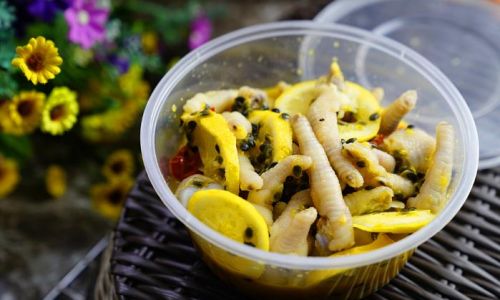
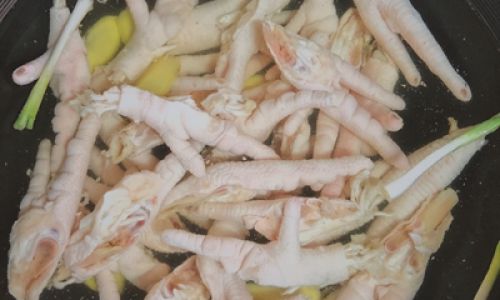
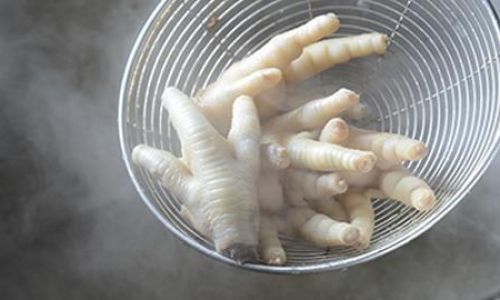
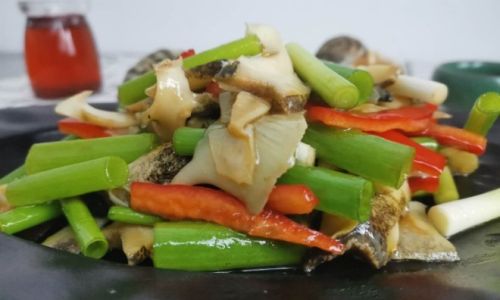
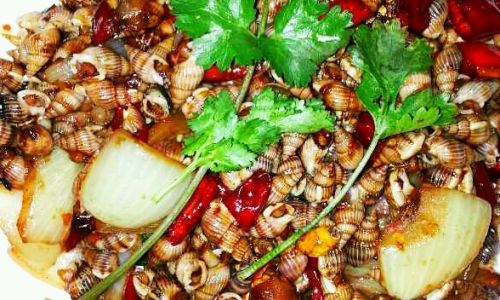
0 comments